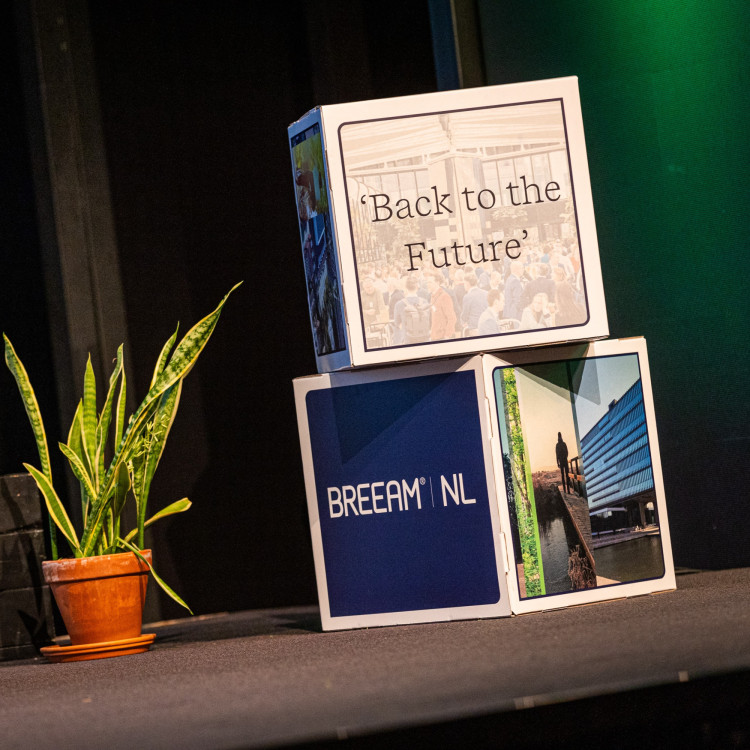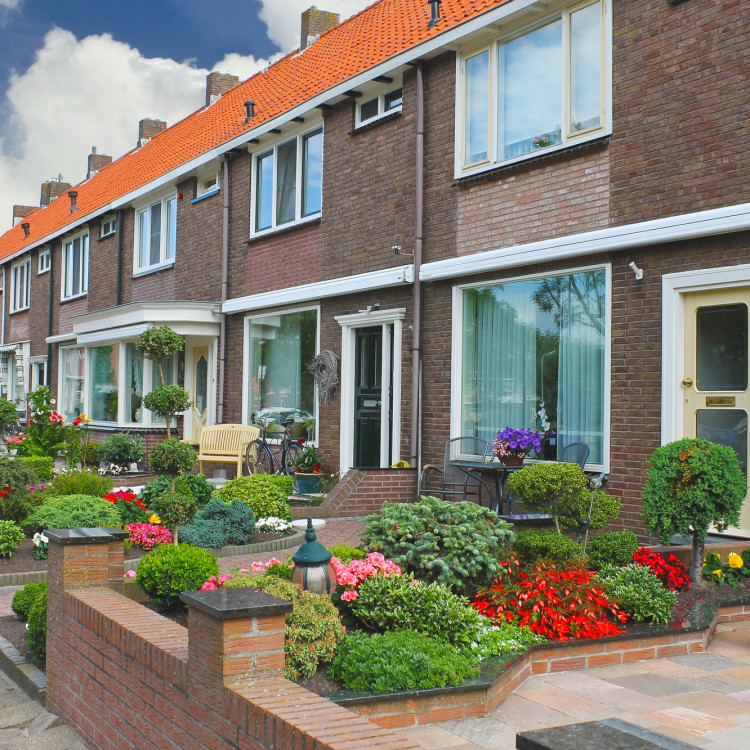Hein started the session with an introduction of the circular strategy of ABN AMRO. ‘Our strategy was writen down in September 2018 as part of our ambition to accelerate our sustainability goals. Together with ING and Rabobank we launched a definition and finance guideline for a circular economy (see link below). Our aim was to have 100 circular deals and 1 billion euros in circular assets by the end of 2020.’ Although the banking firm expected to reach this goal, it proved to be difficult, told Hein: ‘Working towards circularity is literally turning our world upside-down’, he explained. ‘The traditional, linear way of working is all about calculating risks by looking back and rely on proven data. Circularity is about looking forward, making scenarios and have another look at value. Just take an aspect like ownership in circular processes: the legal complexity is enormous. We need simple documents, collaboration in the value chain and different fiscal approach before circularity has a level playing field with linear processes.’ Asked by Petran, Hein gave the current numbers: ‘At this moment we have reached approximately 60 deals and 600 million euros in assets. And three months to go’, he added optimistically.
Living buildings
Jan acknowledges the theory Hein gave about the world of circularity being almost the opposite of the linear way of thinking and working. ‘When we started our architectural firm in the nineties, we soon learned that the design process was reversed. Instead of making a design and searching for the right materials later, you have to start with finding usable resources and work from there. You have to actually search for building materials, learn all about them, revalue them and adapt a different mentality where aesthetics are concerned.’ As a regular user of Circl, the circular “clubhouse” of ABN AMRO, Petran confirmed what Jan told about this new architectural language, but questioned nonetheless: ‘Are your clients willing to use secondhand materials for their new building?’ ‘It is a cultural change, to have buildings where every element and every material has its own history. But yes, there is more and more appreciation for “living” buildings like this. Buildings with a build-in history, have a story to tell’, confirmed Jan.
Scaling up, calculating risks
A changing attitude towards all circular processes and products is what Cecile has experienced in her twelve years with Copper8: ‘We call ourselves a consulting firm, but actually we would prefer to be paid for results instead of hours or projects. Even as a consulting firm you have to rethink your business model. Constantly. Our mission is successful at the moment we have become obsolete.’
But that is not the reason Cecile is in a hurry, she told us. ‘In order to scale up, we have to abandon the technical discussions and look at the systemic aspects of circularity. We have to find new collaborations, look at the whole value chain. Otherwise we will be continuously experimenting.’ Cecile commented on the mentality of investors to use risk management as a tool for decision making. ‘The fact that climate change is more often regarded as a risk to recon with, makes me happy in a weird sort of way.’
Striving for tax reform
Cecile and Jan were initiators of the Ex'tax Project, a movement towards a change in the fiscal system for which over 400 companies have signed their commitment since the start early 2020. As Jan explained, the main incentive of the Ex'tax Project is to show that different tax rates for labour and resources: ‘In circular building projects the costs for labour are higher than the costs for resources. Therefor it would be sensible to lower the tax on labour. That will help our economy in other ways as well, seeing that the unemployment rate has risen due to the Covid19 pandemic.’
‘ABN AMRO has signed it and supports your research.However, the government is about taxes: have they signed as well?’ Petran wanted to know. ‘The government has not signed, but agreed to sponsor our research. We will follow four projects and run different fiscal scenarios to map the consequences of new fiscal measurements’, Cecile answered.
Made in Holland?
The theme of this Dutch Green Building week is “Made in Holland”:‘We sometimes meet at international events where we are asked to elaborate about our examples in circularity, and I always ask myself; Are we really a front runner in circularity?’’, Petran asked. Hein has been talking about circularity in different countries and has experienced very different definitions of circularity: ‘In Japan, for example, they are mainly talking about recycling. Or rather: down-cycling. I think we are front runners where the total lifecycle of products and processes are concerned.’ Cecile, adamant: ‘But if you look at our national footprint - way too large - I am hesitant to call us front runners! Our main challenge is to bring down that footprint. If you look at Cuba - I am not promoting dictatorship of any sort - you see that their economy is based on what they have and not much more.’ Jan contributed his experience in China: ‘Maybe also due to strong leadership..’, he joked, ‘..you see a long term approach in that country, and a focus on collaboration between different industries.’ All guests agree that - putting systemic and fiscal barriers aside - the financing of circular projects is still a very large barrier. That is why they all are looking forward to the results of the Ex'tax Project research. Petran adds that in real estate business we have to focus on life cycle cost and residual value of materials instead of construction costs pur sang. ‘We welcome investors to join us in the research, by the way’, Cecile called out. Upon which Petran aptly remarked: ‘She's looking at us, Hein!’ And that concluded this session about circularity. We are looking forward to a sequel next year to present the results as proof for a system reform!
Together with ING and Rabobank, ABN AMRO launched a definition and finance guideline for a circular economy.


